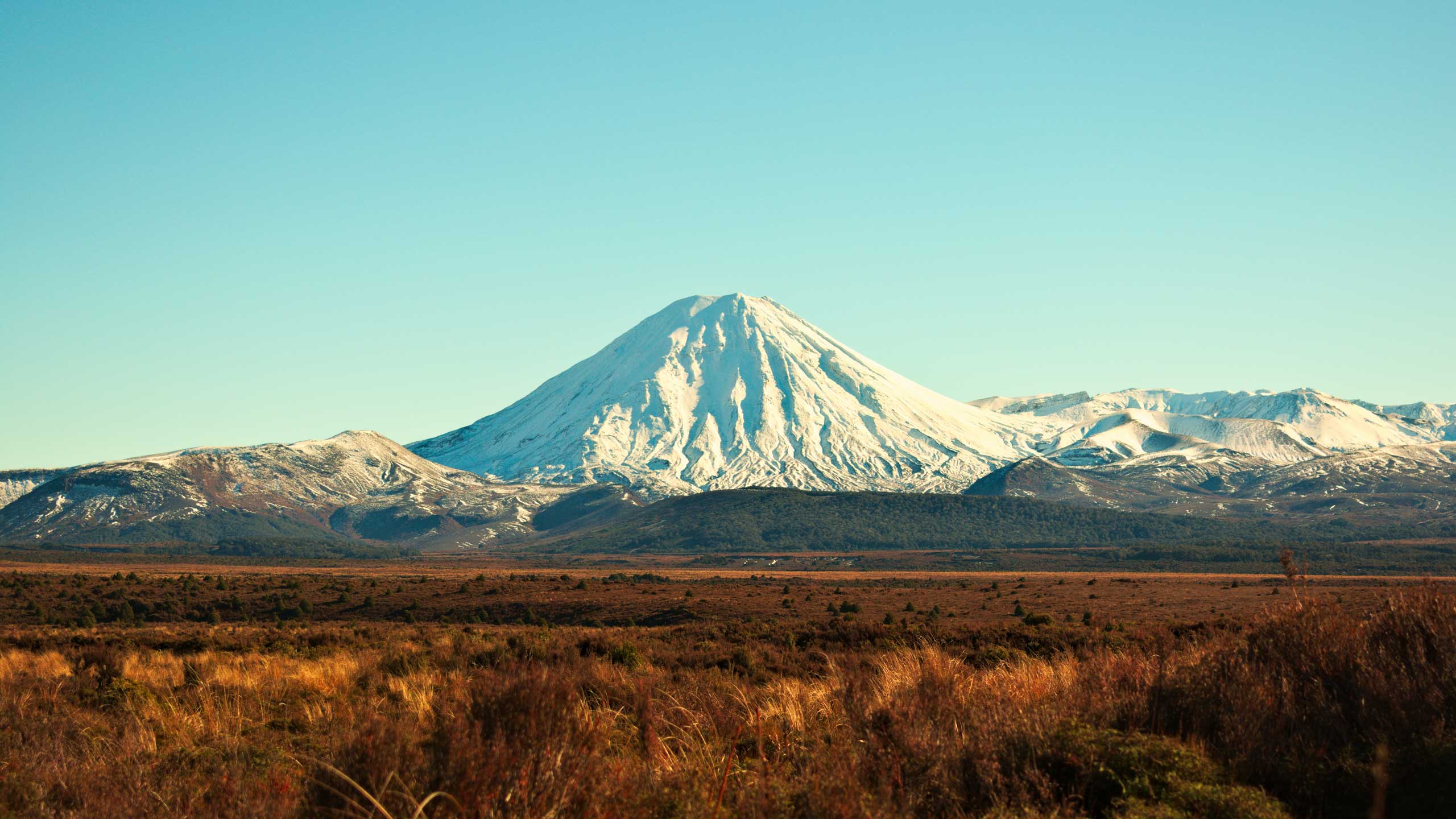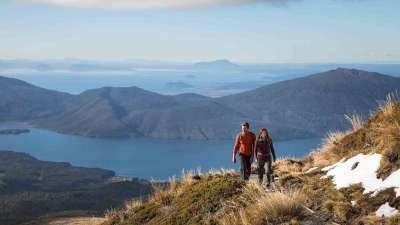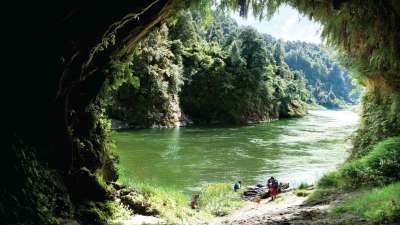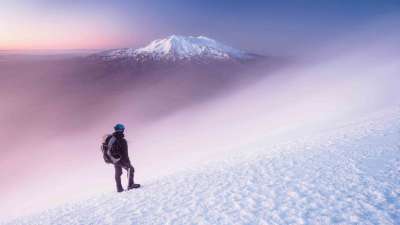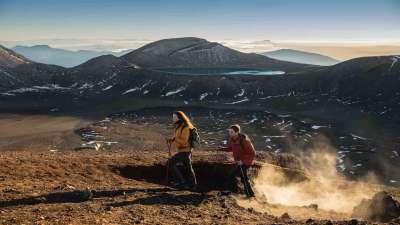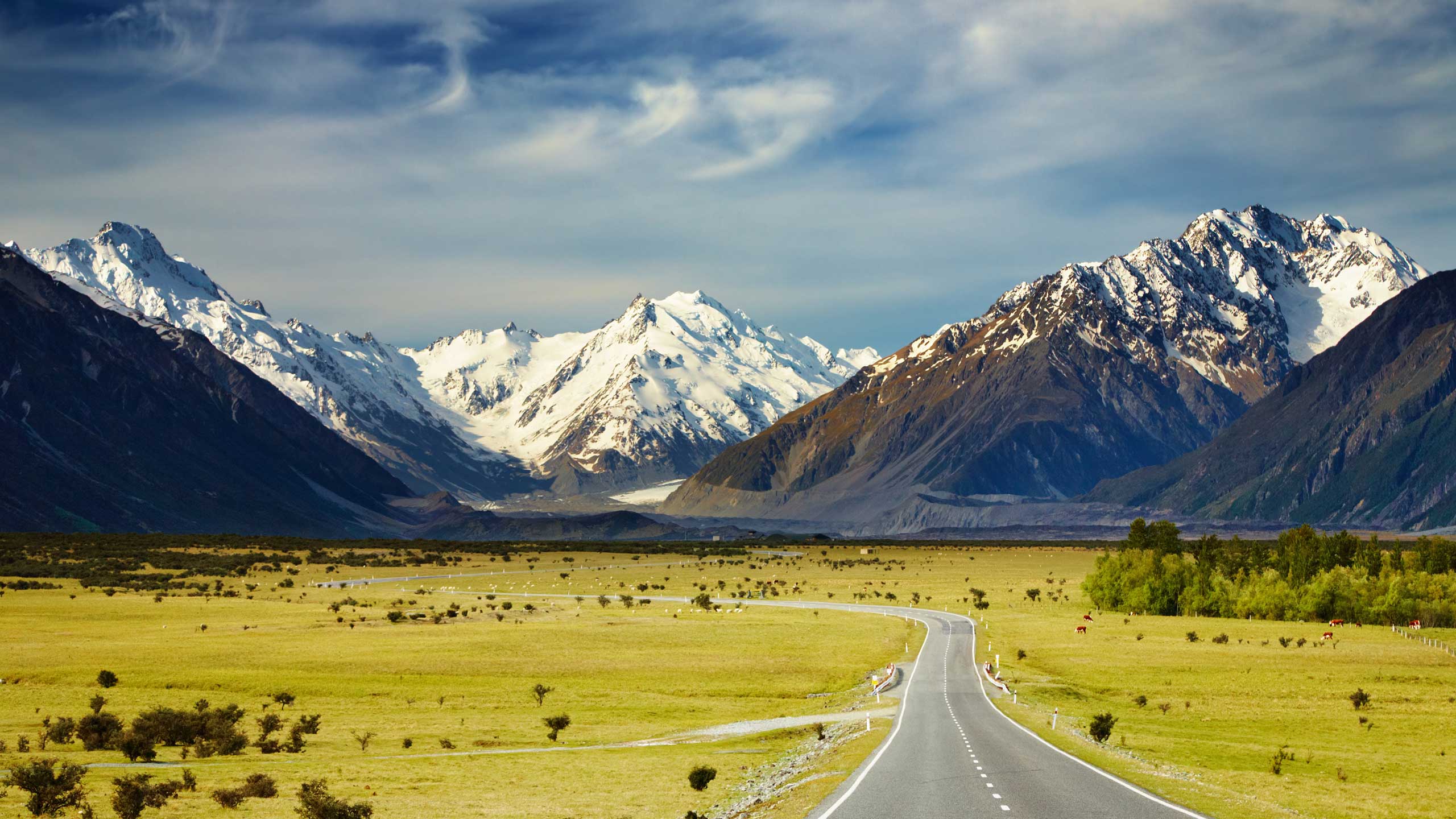Tongariro National park in the heart of New Zealand’s North Island boasts some of the country’s most dramatic landscapes. Centred around three volcanoes, Tongariro, Ngauruhoe and Ruapehu, Tongariro was New Zealand’s first national park, opening in 1887 and since, has been awarded dual UNESCO World Heritage status for both its spectacular natural features and cultural significance to the Maori people. Explore emerald lakes, old lava flows, steaming craters, colourful silica terraces, intriguing alpine environments and volcanic wonders amid the 80,000 hectares of park.
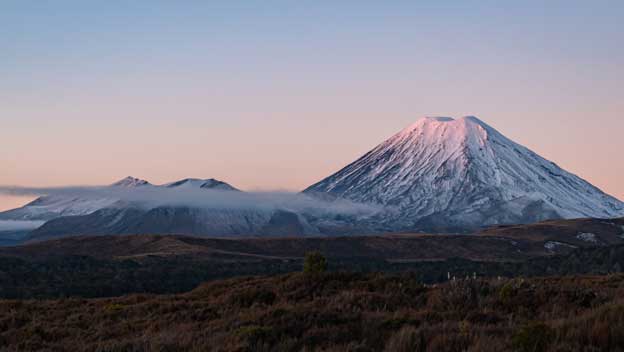
(Photo Credit: Destination Lake Taupo)
The Mountains of Tongariro: Mount Ruapehu, Ngauruhoe & Tongariro
Known at Te Kahui (Sacred Peaks) to the Maori people, the spiritual land boasts Mount Ruapehu, Ngauruhoe and Tongariro, woven together by the Whanganui, Whangaehu and Rangitikei rivers. Mount Tongariro is a compound volcano and the northernmost of the three active volcanoes that dominate the landscape and consists of 12 cones, one of which is Mount Ngauruhoe. Mount Ngauruhoe may be more commonly known then you think, just under a different name, ‘Mount Doom’. It was the setting of Mordor in the film series ‘Lord of The Rings’ in which Frodo and Sam were to destroy the ring within. It is also the youngest of the cones at just 7,000 years old as well as the most historically active of them all. Mount Ruapehu is an active volcano with unimpeded, awe inspiring views reaching all the way to the coast featuring its own crater lake, warmed by volcanic activity, steaming at the summit. Mount Ruapehu is enjoyed year round by hikers, skiers, snowboarders, botanists, geologists and nature lovers alike.

(Photo Credit: Graeme Murray)
Tongariro Alpine Crossing - New Zealand's Best Day Walk
Arguably New Zealand’s greatest day walk, the Tongariro Alpine Crossing boasts a journey across a remarkable volcanic landscape. The 19.4km track begins at Mangatepopo Valley near Whakapapa, and takes approximately 8 hours to complete as you get up close and personal with old lava flows, active craters, emerald lakes, volcanic peaks and stunning panoramic views amid Tongariro volcanoes. Although beautiful, the Tongariro Alpine Crossing can be dangerous if you are not fully prepared to enter an alpine environment and can endure extreme weather and feature tough terrain.
Beyond the Alpine Crossing there are other side trips along the way. Climb the nearby mountain of Mt Ngauruhoe known as ‘Mount Doom’ from Lord of the Rings. Hike Mount Ruapehu to the crater on the unformed path in the high altitude terrain to reach the crater lookout point at 2672m above sea level.
For keen hikers, hike the Tongariro Northern Circuit through dramatic active colonic landscapes, glacial valleys, native beech forests, alpine meadows and emerald coloured lakes past Mt Tongariro and Mt Ngauruhoe. The loop is 43.2km and takes 3-4 days to complete. The Tongariro Alpine Crossing can be experienced either through a guided tour, where expert insights enhance your journey, or for the more adventurous, as a self-guided trek that lets you explore at your own pace. Find more Tongariro Alpine Crossing Hiking Tours here.
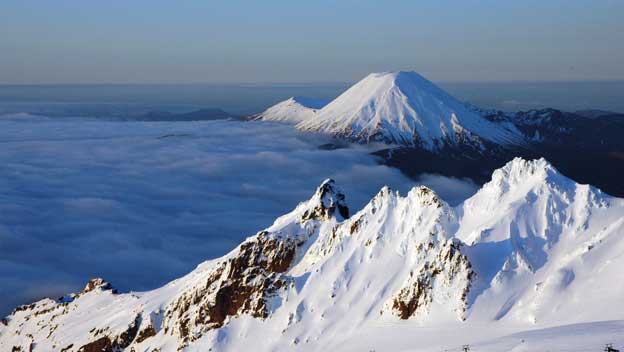
(Photo Credit:Penny Egleton)
Weather & Climate
The weather in Tongariro National Park can vary. The weather pattern is highly unpredictable, and rain and snow can fall at any time of the year. The summer months can see warmer weather, averaging between 20 and 25 degrees celsius. A popular time to undertake the Tongariro Alpine Crossing, summer offers a majestic landscape of recent resultant volcanic activity. There is a vast array of colors and textures created from Sulfur, Aluminum, Silica, and many other mineral deposits released from within the Earth's Crust. The track can be far less challenging in summer and is the only time of year you can complete the crossing unguided.
During winter, the coldest month is July with average maximum temperatures of 11 degrees celsius. Almost otherworldly, you can expect magnificent ice and snow blanketed landscapes. There are times when crampons and ice axes are required for a uniquely adventurers styled experience.
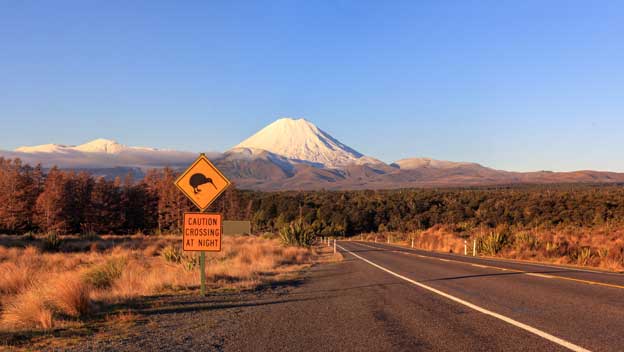
How To Get To Tongariro
Tongariro National Park is easily accessible by road, taking just 4-5 hours to reach from either Auckland or Wellington. Traveling by bus is one alternative for public transportation, but it is much more inconvenient. Ohakune, Taumarunui, National Park, Whakapapa Village, and Turangi are all served by regular national bus services.
Where To Stay
To access Tongariro conveniently, accommodation options range from in the park or the nearby towns of Taupo, Whakapapa Village, Turangi and Ohakune where pick up and drop off services are available.
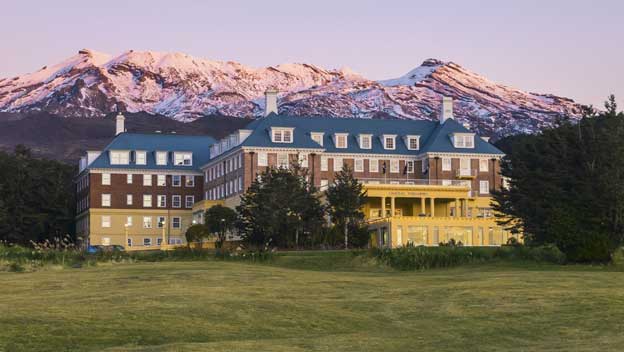
Located on the forested slopes of Tongariro National Park Chateau Tongariro Hotel has been designed with timeless elegance matched with deeply rooted New Zealand heritage. Enjoy classic New Zealand cuisine at the Ruapheu Room restaurant, relax at the inviting plunge pool and sauna or hit the greens at the natural 9-hole golf course. Enjoy the easy access to Tongariro Alpine Crossing hike and discover the spectacular surrounds with a mountain biking, river rafting, skiing or trout fishing adventure.
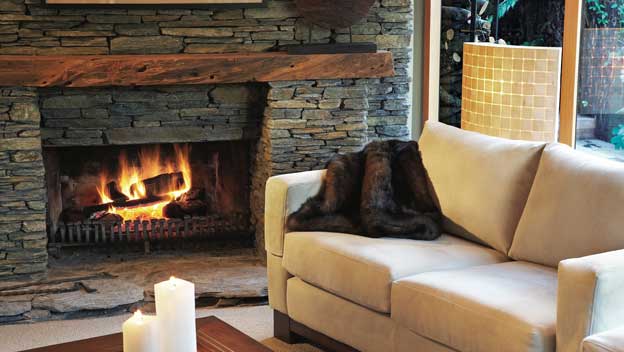
Set within the lively gardens on the banks of the Tongariro River, the luxury River Birches Lodge offers a secluded and serene experience. Built to meet the needs of discerning travelers.The lodge offers some of the world’s best trout fishing opportunities and easy access to Tongariro National Park.
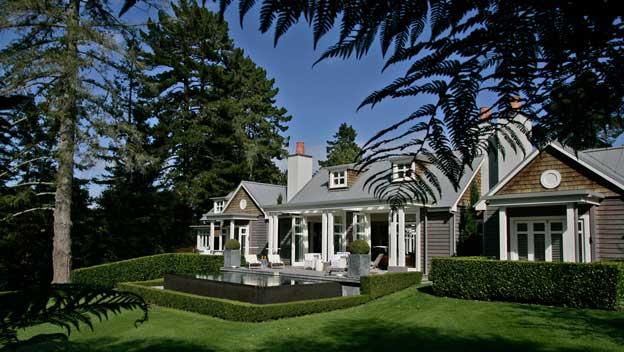
Perched alongside the striking turquoise waters of the Waikato River, discover the iconic Huka Lodge, widely regarded as one of the top retreats in the world. With luxury accommodation, immaculate interiors, delectable food and wine as well as first class service, Huka Lodge offers an escape with total serenity and privacy. Huka Lodge is located close to the township of Taupo and a great place to take a day trip to Tongariro National Park.
